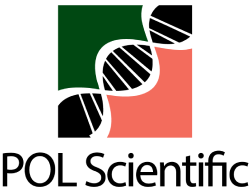Get in Touch with Our Global Offices
Surgical Technology International Editorial Office
171 Skyview St. San Francisco, CA 94131 U.S.A.

© 2025 Surgical Technology International, except Open Access articles
We use cookies on our website to ensure you get the best experience.
Read more about our cookies here
Read more about our cookies here
Accept